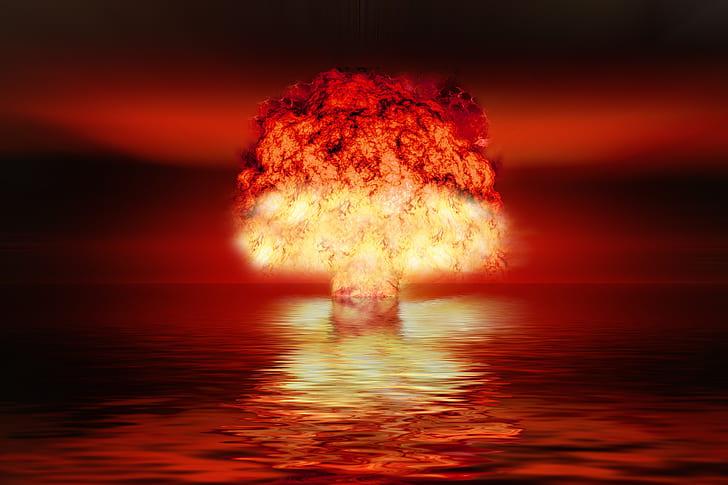The statement referencing a disaster “greater than 500 atomic bombs” in India, Pakistan, and Bangladesh likely alludes to the catastrophic risks posed by climate change and environmental degradation in South Asia, particularly the threat of Himalayan glacier melt, water scarcity, and transboundary river system collapse. Below is a structured analysis of the looming crisis:
The Disaster: Melting Glaciers and Water Catastrophe
Himalayan Glacier Melt:
- The Himalayas, home to the Third Pole (largest ice reserve outside the poles), are warming twice as fast as the global average.
- By 2100, two-thirds of Himalayan glaciers could vanish if global temperatures rise by 1.5°C, per ICIMOD.
Impact:
- Glacial retreat destabilizes river systems (Indus, Ganges, Brahmaputra), which sustain 1.5 billion people across India, Pakistan, and Bangladesh.
Dual Threat
Short-term:
- Glacial lake outburst floods (GLOFs) could wipe out villages and infrastructure.
Long-term:
- Rivers drying up will trigger water scarcity, collapsing agriculture (70% of South Asia relies on farming).
Why It’s Worse Than “500 Atomic Bombs”
Economic Collapse:
- The Indus-Ganges-Brahmaputra basin supports $2.5 trillion in GDP (India, Pakistan, Bangladesh). Water scarcity could slash crop yields by 30–50%, causing mass starvation and economic ruin.
Displacement:
- Rising seas and river erosion could displace 50–75 million people in coastal Bangladesh and India by 2050.
Conflict Risk:
- Water-sharing disputes (e.g., Indus Water Treaty tensions) could escalate into war between nuclear-armed India and Pakistan.
Human Toll:
- Heatwaves (already hitting 50°C in Pakistan/India) and air pollution (Delhi, Lahore, Dhaka) cause millions of premature deaths annually.
Geopolitical Flashpoints
Indus Water Treaty (IWT):
- Pakistan relies on the Indus for 90% of its agriculture; India controls upstream dams. Climate stress and political friction (e.g., Kashmir tensions) risk treaty collapse.
China’s Role:
- China’s dam-building on the Brahmaputra (Yarlung Tsangpo) threatens India and Bangladesh’s water security.
Cascading Disasters
Extreme Weather:
- Cyclones (e.g., Amphan, 2020), floods (2022 Pakistan floods submerged 1/3 of the country), and droughts are intensifying.
Urban Collapse:
- Megacities like Delhi, Dhaka, and Karachi face water riots, grid failures, and unlivable heat.
Why Governments Are Failing to Act
Political Short-Termism:
- Focus on elections over climate resilience.
Lack of Regional Cooperation:
- Historical India-Pakistan hostility blocks joint action on shared rivers.
Inadequate Funding:
- South Asia spends <1% of GDP on climate adaptation, vs. the needed 5–10%.
FOLLOW:https://newsroom47.com/akhilesh-yadav-seeks-maha-kumbh-extension/
Newsroom 47
